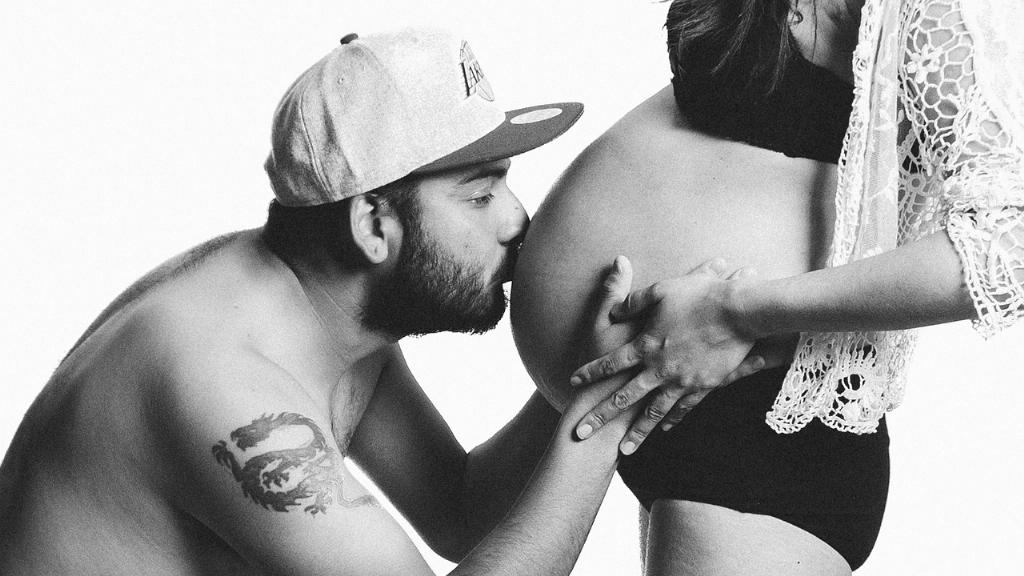Let’s delve into the fascinating world of the Midwife Cocktail and its remarkable success rate. Many pregnant individuals find themselves eagerly seeking ways to naturally induce labor as they near their due dates. One often-discussed method is the Midwife Cocktail, which has gained attention for its purported effectiveness in jumpstarting labor.
Researching the success rate of the Midwife Cocktail reveals an impressive statistic – an astounding 85% success rate! This figure is certainly eye-catching and has piqued the interest of expectant mothers looking for safe and natural ways to kickstart the labor process.
Delving deeper, anecdotal evidence and birth stories further support the high success rate of the Midwife Cocktail. Many individuals who have tried this method correctly report going into labor within 24 hours, with some experiencing the onset of labor even sooner than anticipated.
It’s essential to note that while the success rate of the Midwife Cocktail appears promising, individual responses to this method may vary. Factors such as gestational age, overall health, and medical history can influence the effectiveness of natural labor induction methods like the Midwife Cocktail.
Consulting with a healthcare provider or midwife before attempting the Midwife Cocktail is crucial to ensure that it is safe and appropriate for your specific situation. Professionals can provide personalized guidance and monitor your progress to promote a healthy and smooth labor process.
For those considering trying the Midwife Cocktail to encourage labor, understanding the potential risks and benefits is key. While the high success rate is appealing, it’s important to weigh this against any possible side effects or complications that may arise from using this method.
Expectant mothers should approach natural induction methods like the Midwife Cocktail with care and caution, being mindful of their own comfort level and preferences. Open communication with healthcare providers about your intentions and plans can help ensure a supportive and informed approach to labor induction.
Exploring alternative methods of natural labor induction alongside the Midwife Cocktail can provide a comprehensive approach to supporting the onset of labor. From acupuncture and acupressure to relaxation techniques and physical activity, a range of options exists for expectant individuals seeking gentle ways to encourage labor.
While the success rate of the Midwife Cocktail is an appealing factor for many, it’s essential to approach this method with realistic expectations and a focus on overall well-being. Prioritizing self-care and staying informed about safe practices can contribute to a positive and empowering labor experience.
Ultimately, the success rate of the Midwife Cocktail underscores the potential for natural methods to assist in labor induction. By exploring a variety of options and working closely with healthcare providers, expectant individuals can make informed decisions that support their unique labor journey.
As with any natural labor induction method, the success rate of the Midwife Cocktail reflects a combination of factors, including individual physiology and timing. Taking a holistic and personalized approach to preparing for labor can enhance the likelihood of a positive and fulfilling birthing experience.
In conclusion, the success rate of the Midwife Cocktail presents an intriguing option for expectant individuals seeking natural ways to encourage labor. By approaching this method thoughtfully and in consultation with healthcare providers, individuals can harness the potential benefits of natural induction while prioritizing their well-being and safety.

